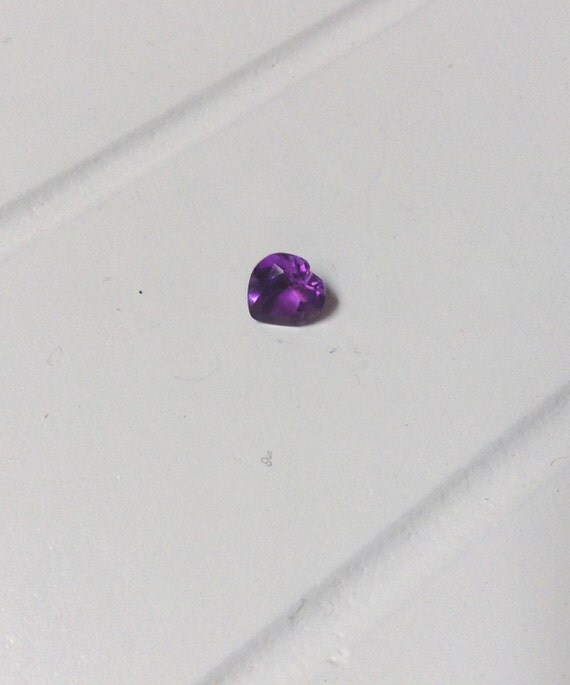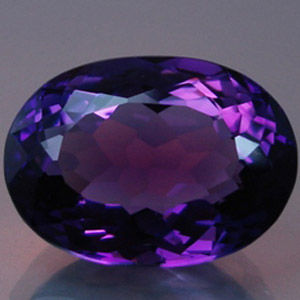



Babur wrote that the diamond was stolen from the Rajah of Malwa in 1306, and that it was a whopping 739 carats in its original, uncut form, according to the "Firefly Guide to Gems" (Firefly Books Ltd., 2003). Its first mention appears in the memoirs of Zahiruddin Muhammad Babur, the founder of the Mughal Empire in India. Like the Hope Diamond, the 105.6-carat Koh-i-Noor diamond is believed to have been extracted from the Kollur mine in Golconda, India its name in Persian means "mountain of light." In 1958, Winston donated the iconic Hope Diamond, which is worth a quarter of a billion dollars, to the Smithsonian Institution National Museum of Natural History in Washington, D.C., where it resides on display to this day.Īs the museum states on its website, it "appears to have maintained the Hope curse-free." The Koh-i-Noor Diamond - Gentlemen Beware After McLean's death from pneumonia in 1947, Harry Winston Inc. McLean had many misfortunes: her son died in a car accident, her daughter died of a drug overdose, her husband died in a sanitarium and her family was forced to sell their newspaper, the Washington Post, in a bankruptcy auction. In 1909, Pierre Cartier bought the Hope Diamond and sold it to Evalyn Walsh McLean, an American mining heiress and socialite. The stone was then bought by a London dealer, who quickly sold it to Joseph Frankels and Sons of New York City, who retained the diamond until they too had to sell it to cover debts. It was passed down to Hope's family members until it was ultimately sold to help pay off their debts. Thestone was then likely sold through private channels and was purchased by Henry Philip Hope, from whom it got its name. The diamond is believed to have then been owned by King George IV of England, but was sold after his death in 1830 to help settle his enormous debts. In 1792, after Louis XVI and Marie Antoinette attempted to flee France - their escape was foiled and they were guillotined in 1793 - the diamond was stolen during a looting of the French Royal Treasury, according to theSmithsonian Institution. Tavernier sold the stone to King Louis XIV of France in 1668, who later had the stone re-cut and set in gold by the court jeweler. Its history traces back to the 17th-century diamond mines of Golconda, India, where it was first purchased in its original, crudely cut, 112.19-carat form by the French merchant Jean Baptiste Tavernier. (Image credit: Chip Clark | Smithsonian Institution | si.edu)Īt 45.52 carats, the beautiful grayish-blue Hope Diamond is 1 inch (25.6 millimeters) in length and 0.8 inch (21.7 mm) in width.


 0 kommentar(er)
0 kommentar(er)
